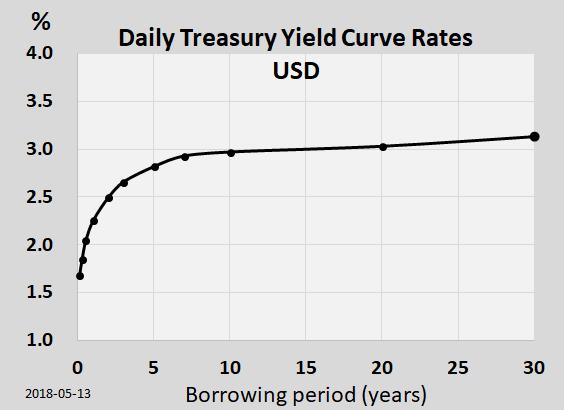Donor-Advised Funds, or DAFs, are merely a tax-efficient way to make charitable contributions. They work pretty simply. You make a contribution to a DAF and they distribute it to a qualified charity. You can advise them on how much to give to each charity. (Strictly speaking, DAFs do not have to heed your advice, but reputable ones do act on your instructions wherever legally possible.) You get the tax deduction in the year that you make a contribution, but you can distribute to a particular charity at some point in the future (for up to five years).
The most immediate tax effect is to reduce your adjusted gross income, or AGI. You might recall that your AGI is simply all of your income reduced by certain IRS-allowed expenses such as IRA contributions and college tuition. Now your AGI can be further reduced by either the standard deduction or your itemized deductions. In 2018, the itemized deduction for joint filers has increased to $24,000. This means your AGI will be reduced by at least $24,000. However, if your total itemized deductions exceed $24,000, then your AGI will be reduced even more. And that can be very useful as taxes are calculated based on your “taxable income” (that is, on your AGI minus either the standard or itemized deductions). Further, reducing your AGI might get you into a lower effective tax bracket. There are a couple of rules that limit your total charitable deductions. The deductions cannot exceed 60% of your AGI for cash contributions or 30% for appreciated asset contributions.
In addition to a reduction in your AGI, DAF contributions can lower capital gain and estate taxes as well as your alternative minimum tax (if applicable). Any appreciation of your contributions within the DAF is also protected from any taxes.
For many of us, the new standard deduction will preclude the use of itemized deductions. However, when evaluating the best tax strategy, don’t forget that itemized deductions include items other than charitable contributions such as medical and home interest (with a $750,000 mortgage limit) expenses. What some taxpayers are doing is to accumulate their charitable contributions and contribute them less frequently (such as every two years). This increases your standard deduction in the year that you make the contribution.
Naturally there are some important details which need to be considered such as the DAF administration and investment fees. If you’d like help with these details or with a more comprehensive DAF discussion, we’d be happy to talk with you in a no-charge, no-obligation initial meeting. Just visit our website or give us a call at 970.419.8212 to learn more.
This article is for informational purposes only. This website does not provide tax or investment advice, nor is it an offer or solicitation of any kind to buy or sell any investment products. Please consult your tax or investment advisor for specific advice.



